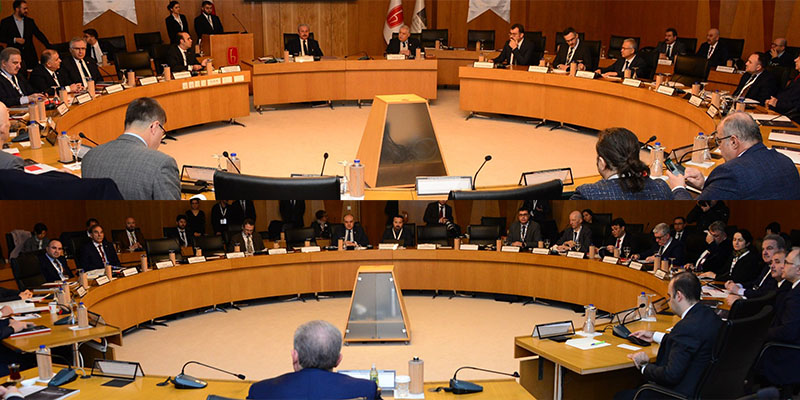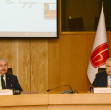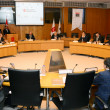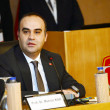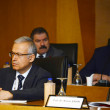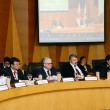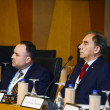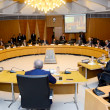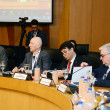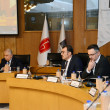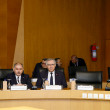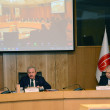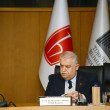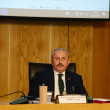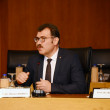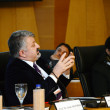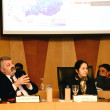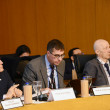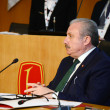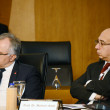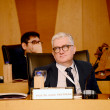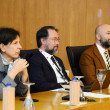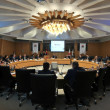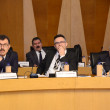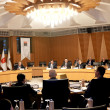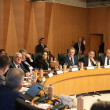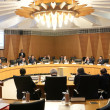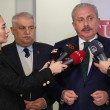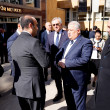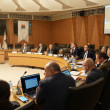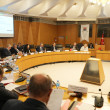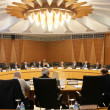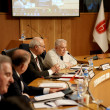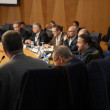TÜBA East Anatolian Fault Line Earthquakes Evaluation Meeting
TÜBA evaluated earthquake disasters in a multidimensional way with nearly 50 academics from more than 20 different scientific disciplines in order to fulfill the responsibility of reporting on the science strategy of the country, producing scientific publications, and sharing these with relevant institutions and individuals.
The meeting which was opened by the talks of Mustafa Şentop, Speaker of the Grand National Assembly of Turkiye; Mehmet Fatih Kacır, Deputy Minister of Industry and Technology; and Prof. Dr. Muzaffer Şeker, President of Turkish Academy of Sciences started with the talk of Prof. Dr. Orhan Tatar, General Director of Earthquake and Risk Reduction at AFAD. Two major earthquakes with magnitudes of 7.7 and 7.6 that occurred on February 6 on the East Anatolian Fault Line have already affected 10 provinces and a region with a population of approximately 13.5 million. In addition to the technical aspects of the earthquakes involving Turkey and Syria, the social and economic dimensions were also discussed at the evaluation meeting. Particularly the report prepared by Istanbul Technical University (ITU) and all other research studies and fieldwork were also discussed at the meeting. Bringing together scientists from different fields in a hybrid format, TÜBA enabled the issue to be discussed from different perspectives at the East Anatolian Fault Line Earthquakes Evaluation Meeting. Scientists from 23 universities participated in the evaluation meeting consisting of three main sessions under the titles of “Analysis of Past Earthquakes in Turkey and Due Diligence of Current Earthquakes”, “Problems Caused by the 2023 East Anatolian Fault Line Earthquakes and their Interaction” and “Possible Earthquakes Awaiting Turkey and Suggestions from Different Scientific Disciplines”.
In the evaluation meeting, which was planned with a multidisciplinary approach, earth sciences and technical analyzes on earthquakes were discussed in depth. Disaster management, education, ecology and environment, agriculture and livestock, crisis management and communication, urban planning, psychology, law, public health issues were discussed in a multidimensional way and taking into account the situations before and after the earthquake.

